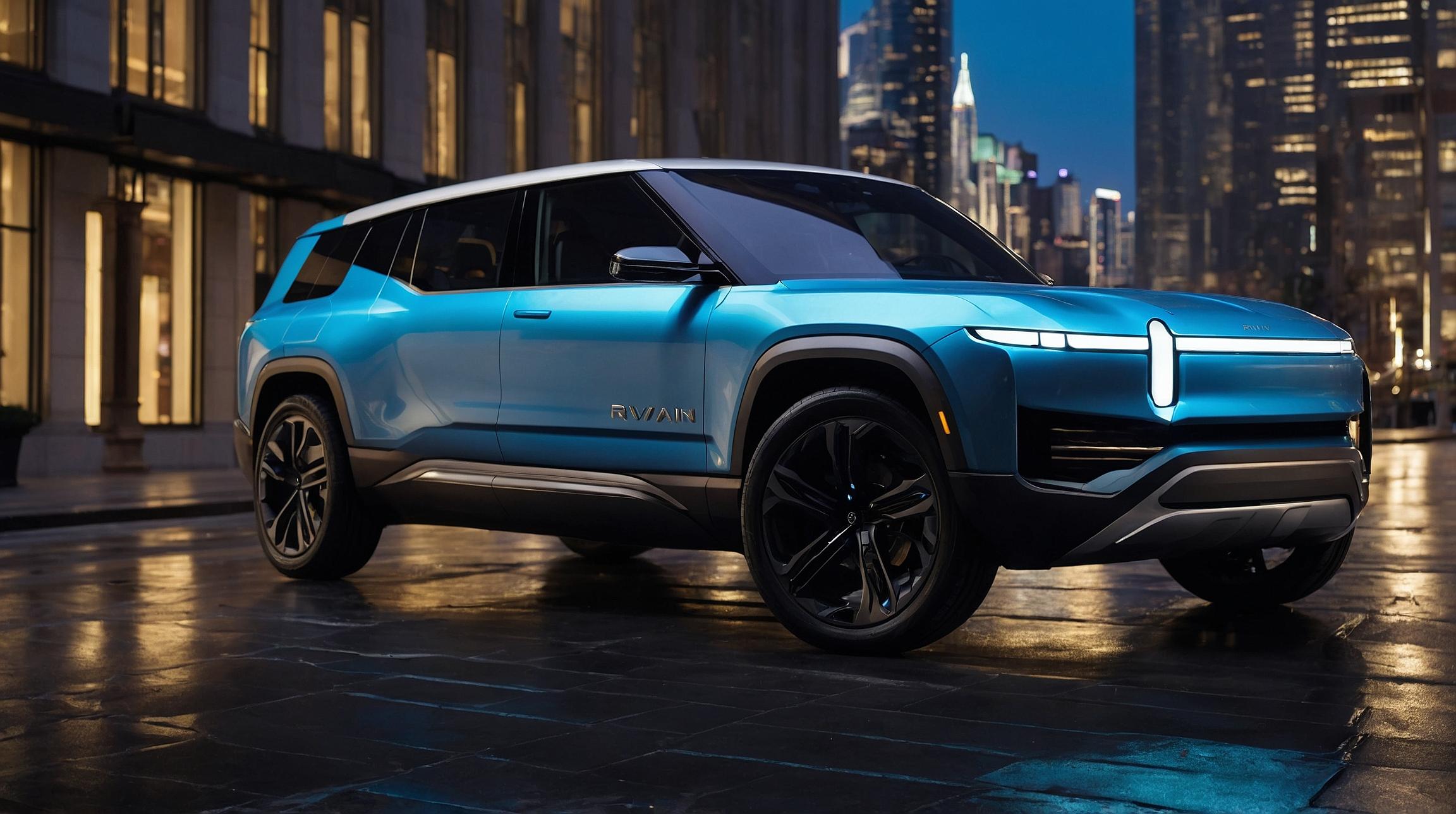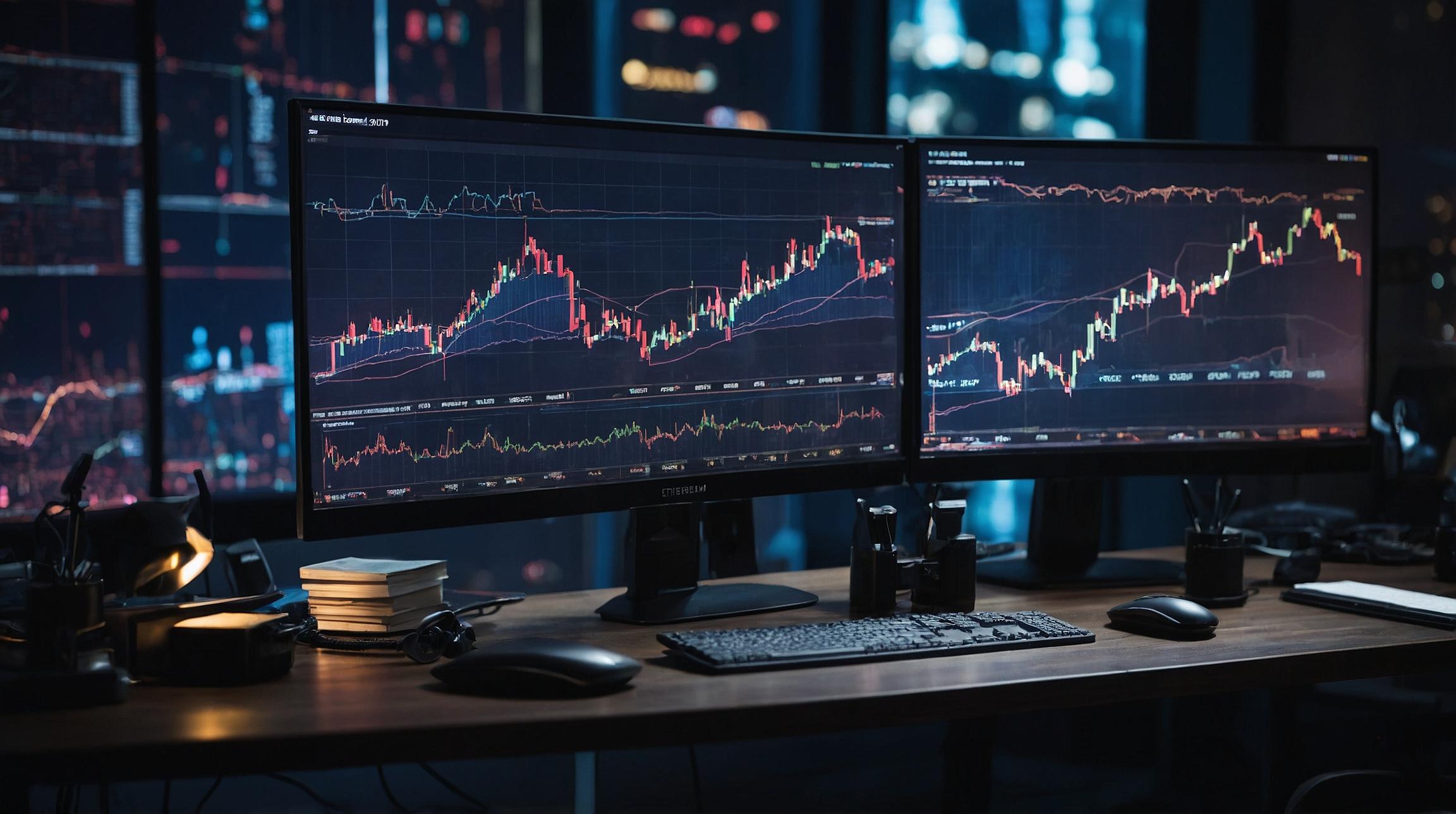Rivian's Impressive Journey
Rivian, a budding electric vehicle (EV) manufacturer, has captured attention by making significant strides in an industry shifting from traditional engines to electric power. Notably, starting an automaker is risky—as history shows, with 99 automakers beginning with 'A' having gone bankrupt. Yet, Rivian stands out as a potential success story, particularly for long-term investors.
Key Improvements and Innovations
Rivian's recent updates to its R1 vehicles have been pivotal. The second-generation R1 saw efficiency improvements, including removing 65 parts and reducing 1,500 joints. This redesign increased the production rate by 30%. Moreover, the introduction of the in-house Ascent Tri drive unit improved performance while cutting manufacturing costs by 32%.
An example of their innovation is the high-pressure die casting of the R1's front crossmember in its battery pack, leading to a 47% cost reduction. Additionally, Rivian reduced the number of electrical control units (ECUs) from 17 to 7, significantly lowering costs.
These enhancements are expected to lead to a 20% material cost reduction by the end of 2024, crucial for Rivian's goal of achieving positive gross margins.
Volkswagen Partnership and Software Development
Volkswagen's commitment to investing up to $5 billion underscores Rivian's promising future. Rivian's vertically integrated software platform, designed to be scalable across various configurations, could attract joint ventures or licensing deals.
A Look Ahead
For investors, it's important to monitor Rivian's cost management, delivery consistency, and progress towards positive gross profits. In the second quarter, Rivian reduced its loss per vehicle from $38,700 to $32,700. Despite market hesitance, Rivian's stock surged over 90% from May to mid-July, indicating investor confidence.
Rivian's path forward includes reducing costs, enhancing efficiencies, and leveraging its cash runway to support future vehicle production like the upcoming R2 models in 2026. Such strategic moves are essential for Rivian to continue attracting investment and thrive in the competitive EV market.













